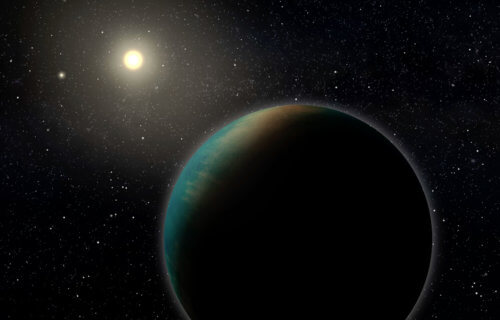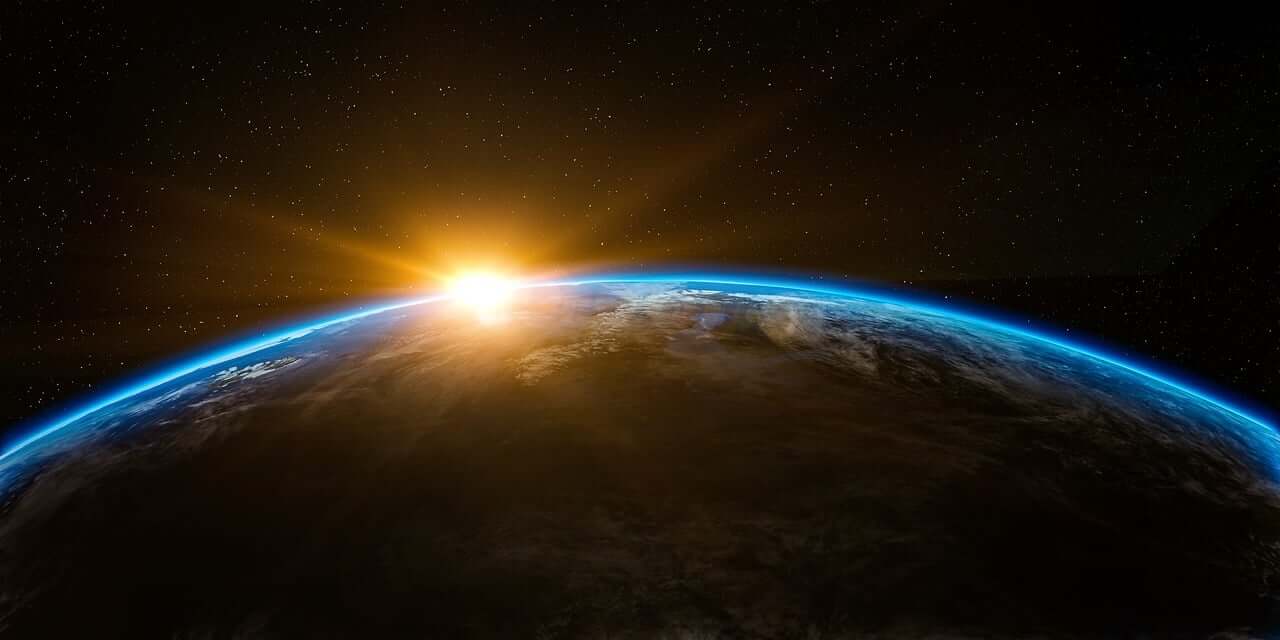
Astronomers have uncovered an exoplanet that offers invaluable insights into the formation of our own planet. This small, cold exoplanet orbits a star that is visible from Earth and shares a similar temperature with our Sun, potentially illuminating the origins of Earth.
This discovery was made by an international team of researchers from various countries. It is notably rare due to the exoplanet’s smaller and lighter composition compared to Neptune and Uranus.
Located in a star system that also houses a large outer companion with a mass a hundred times that of Jupiter, the planet orbits the star HD88986. This star, similar to our Sun in temperature but slightly larger in radius, is bright enough for enthusiastic sky-watchers to observe it from dark sky sites.
The researchers, hailing from 31 scientific institutes in nine countries, including Switzerland, Chile, the United States, the United Kingdom, and France, identified the planetary system around HD88986. This system features a cold planet smaller than Neptune, named HD88986b.
“Most of the planets we’ve discovered and measured for their mass and radius have short orbits, typically less than 40 days. To provide a comparison with our solar system, even Mercury, the closest planet to the Sun, takes 88 days to complete its orbit. This lack of detection for planets with longer orbits raises challenges in understanding how planets form and evolve in other systems and even in our solar system. HD88986b, with its orbital period of 146 days, potentially has the longest known orbit among the population of small planets with precise measurements,” says Dr. Neda Heidari, a fellow at the Institut d’astrophysique de Paris (IAP) who led the new study, in a media release.
The cold, Neptune-like planet was detected using a high-precision spectrograph at the Haute-Provence Observatory in France. This instrument, named SOPHIE, analyzes light wavelengths from exoplanets.
SOPHIE characterizes exoplanets through the “radial-velocity method,” which measures slight motion changes in a star caused by the gravitational pull of orbiting planets. Using these observations, the team estimated that the planet’s mass is approximately 17 times that of Earth.
Further observations from NASA’s TESS space telescope and the European Space Agency’s (ESA) CHEOPS telescope indicated that the planet likely transits its host star. This means it passes between the Earth and the star, partially blocking the star’s light and causing a measurable dip in brightness. Data from both satellites also helped the team directly measure the planet’s diameter, which is about twice that of Earth.

The study, published in the journal Astronomy & Astrophysics, draws on over 25 years of observations, incorporating data from ESA’s Gaia satellite and the Keck Telescope in Hawaii. This makes it one of the most extensively studied exoplanet systems.
With an atmospheric temperature of only 190 degrees Celsius, HD88986b offers a unique chance to study “cold” atmospheres, which are rare compared to the more commonly observed exoplanet atmospheres that exceed 1,000 degrees Celsius.
HD88986b’s unusually large orbit, about 60 percent of the distance between Earth and the Sun, suggests it may have experienced rare interactions with other planets in its system and minimal mass loss due to the star’s ultraviolet radiation. This could mean the planet has maintained its original chemical composition, providing insights into the system’s formation and evolution.
Dr. Thomas Wilson, a senior research fellow at the University of Warwick and co-leader of the satellite data analysis, stated that continued study of this exoplanet could enhance our understanding of Earth’s own formation.
“HD88986b is essentially a scaled-down Neptune, between the orbits of Mercury and Venus. It becomes one of the best studied small, cold exoplanets paving the way for studying its atmosphere to understand the similarity to our own planet Earth. It also orbits a star with a similar temperature to the Sun making it a precursor to the Earth-like planets to be found by the PLATO space telescope,” says Thomas Wilson from the Department of Physics at the University of Warwick.
In their study, the astronomers also disclosed the presence of a second, outer companion orbiting the central star. This exoplanet is exceptionally large, boasting a mass more than 100 times that of Jupiter. Its orbit spans several decades.
The researchers emphasize the need for additional observations to fully comprehend its nature and to more accurately ascertain its properties.
“We collected data from telescopes pointing at HD88986 for over 25 years making this one of the longest-studies exoplanet systems. This wealth of data revealed a second outer companion more massive than Jupiter that may have been important for the formation of the Neptune-like planet in a similar way to Jupiter in our own Solar System,” Dr. Wilson concludes.
